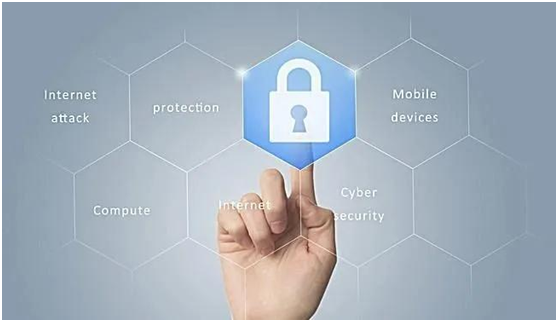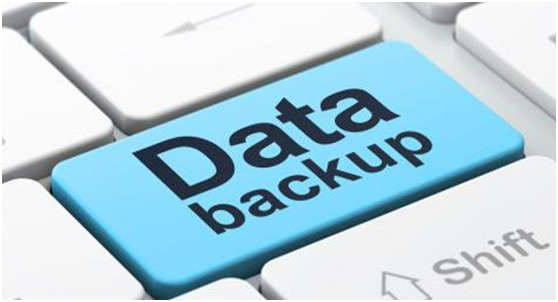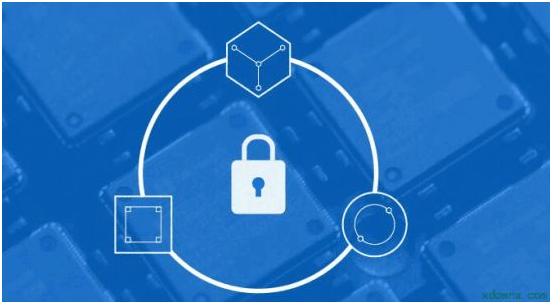With the development of cloud storage and the digital transformation of enterprises, data has become one of the core assets of enterprises, and its value is increasing day by day. The topic of data storage security has also attracted widespread attention. From data generation, transmission, storage, processing, to sharing and display, there is a risk of data leakage in every link, including local sensitive data storage security, network channel security, configuration files and hard-coded sensitive information security, data storage security, security issues of sensitive applications such as financial payments, data sharing issues, etc.
At the same time, remote office is becoming increasingly popular today, but the security threats that come with it should not be underestimated. In the process of telecommuting, a large number of employees use mobile devices or personal computers to access the corporate intranet through VPN networks or remote desktops, making the traditional border-based security protection system and network architecture gradually fail to deal with the risks of telecommuting. On the one hand, the identification of employees' remote access, the security protection of terminals in multiple locations, and the uncertainty of network information encryption make the access environment extremely complicated, which is not conducive to the management and traceability of maintenance personnel; at the same time, some companies use the traditional network architecture also exposes a large number of high-risk business ports, making the core business and data of the enterprise vulnerable to hacker attacks.
In the face of many hidden dangers of remote access and data storage, enterprises can defend themselves from the following points:
1. Data Security Strategy
Data, as an important asset of an enterprise, once lost or damaged, the consequences will be unimaginable. So what can be done to make the data safer? It is recommended that companies do a thorough data storage and data backup whether they build their own databases or use cloud services.
TerraMaster NAS equipment not only supports SSL encryption, firewall, DoS anti-malicious attack, account protection, but also has a special advanced security mode to make data storage at the highest security level. At the same time, it supports a variety of backup tools (AOMEI Backupper, Time Machine, Duple Backup, Centralized Backup, USB Copy, Cloud Sync) to meet almost all data backup requirements, and supports multi-version backup, incremental backup, scheduled backup, and one-key restore.
2. Take Regular Snapshots
When the production system data is lost, it can be completely restored through the snapshot, which is an important data disaster recovery method. By making a fully usable copy of the designated cloud hard disk, the backup is made independent of the life cycle of the cloud hard disk. The snapshot includes the data of the hard disk at the point in time when the copy starts, and does not occupy the user's storage space. The user-created snapshot is stored in the object storage in a redundant manner, thereby further ensuring the reliability of the backup. Incremental backup of snapshots means that only the changed data is saved, which will shorten the time required to create a snapshot as much as possible and can save storage costs. TerraMaster NAS device also supports snapshot function, making data storage security more guaranteed.
3. Comprehensive Authority Control
Users create, manage and destroy groups through CAM, and use identity management and policy management to control the permissions of other users to use cloud resources, so that the granularity of resource access permissions under cloud accounts can be controlled, reducing mis-operations or unnecessary operations and risk of data corruption and loss. In addition, different people can be authorized with different access rights for different resources.
The resources, access rights, and users here can all be packaged in batches to achieve fine-grained rights management. The TerraMaster NAS operating system has a complete authority management function. Companies can set access permissions for users, user groups, and folders, and set storage space limits. Since it supports AD domain and LDAP, enterprises can add domain users to TerraMaster NAS devices without creating additional users or user groups, thereby reducing the workload of network administrators.
4. Implement Hierarchical Management and Encryption
Implement data classification, sort out data life cycle status, and plan corresponding data encryption, desensitization, auditing and other data protection strategies according to different data sensitivity levels and data usage status to ensure that data security is fully controllable.
For the core and important data that affect business operations, cryptographic technology should be applied to protect the data during the generation, flow, storage, use and destruction of the data, and resource-level fine-grained identity authentication and access control should be implemented to prevent external hacker attacks and internal business data security risks caused by unauthorized personnel access.
5. Establish Data Security Protection
The data life cycle covers multiple stages of data creation, storage, use, sharing, archiving and destruction, and faces various threats from external attacks, internal leaks, and big data sharing. The protection methods for different threats vary greatly. For external attacks, use identity authentication, database auditing, and encryption gateways to protect core data from external attacks; for internal data leaks, use 4A and DLP and other security capabilities to comprehensively protect data in enterprise operation and maintenance, office, data analysis and other scenarios Anti-leakage risk; in response to data leakage in big data sharing, build security capabilities such as desensitization, watermarking, encryption, auditing, and authority control. Therefore, companies need to sort out the risk as a whole, and then conduct overall planning and joint defense, and build different solutions for different scenarios such as external, internal, and big data.
Conclusion
From the endless data security incidents that have emerged in recent years, it is not difficult to find data security problems caused by various reasons such as hacker attacks, information sales by internal staff, deletion of databases by employees, and mis-operations by developers and testers. Relying on single-point protection alone is difficult to achieve real results, and building comprehensive protection from access paths to data storage has become an inevitable choice.

